When you order a fuel pump for your vehicle, you may be surprised to see it in a huge box. That is because you must replace the entire fuel pump module or hanger instead of just the fuel pump. Some units are “open” so you can see the pump, sock, filter, and wiring; and some of “closed” so you see a large plastic cylinder.
Fuel Pump Dissection
The actual fuel pump is a cylindrical metal tube that contains several parts. Chances are, you’ll never see the inside of a fuel pump, but knowing what it contains may help you understand how a fuel pump could malfunction. Most fuel pumps contain the following:
- Check Valve: The valve, usually located at the top of the fuel pump, holds the pressure after the engine is shut off so the engine starts quickly the next time you go to start your vehicle.
- Relief Valve: The relief valve protects the fuel delivery system by keeping fuel circulating, instead of letting a fuel blockage overload the fuel pump motor.
- RFI Filter: These minimize radio interference with fuel pump operation.
- Brushes: Electric motors use brushes to provide low-resistance operation. As the brushes wear, the pump works harder to deliver fuel. Eventually, bad brushes could cause the pump to not pump at all.
- Armature: The armature is balanced to help minimize vibration and noise from the fuel pump.
- Internal fuel filter. Most fuel pumps have an internal fuel filter to filter out debris that may be in the fuel tank.
A-Premium Electric Fuel Pump Module Assembly with ...
$58.99 (as of July 26, 2024 07:44 GMT -05:00 - More infoProduct prices and availability are accurate as of the date/time indicated and are subject to change. Any price and availability information displayed on [relevant Amazon Site(s), as applicable] at the time of purchase will apply to the purchase of this product.)Electric Fuel Pump for 2006 2005 2004 Chevy Silver...
$83.99 (as of July 26, 2024 07:44 GMT -05:00 - More infoProduct prices and availability are accurate as of the date/time indicated and are subject to change. Any price and availability information displayed on [relevant Amazon Site(s), as applicable] at the time of purchase will apply to the purchase of this product.)NOPOCA Electric Fuel Pump Module Assembly Fit 2012...
9% OffBDFHYK Fuel pump module assembly E9073M 2011-2016 ...
$59.99 (as of July 26, 2024 07:44 GMT -05:00 - More infoProduct prices and availability are accurate as of the date/time indicated and are subject to change. Any price and availability information displayed on [relevant Amazon Site(s), as applicable] at the time of purchase will apply to the purchase of this product.)Fuel Pump Modules
When purchasing a fuel pump and you are quoted for the price of an entire unit, you most likely cannot replace the pump itself. Some manufacturers will sell the entire unit or just the pump itself, but keep in mind that other parts of the unit do malfunction and wear over time and it might save you money in the long run to replace the entire unit.
A fuel pump module usually consists of the following basic parts:
- Wiring: The wiring at the top is the fuel pump positive wire, the negative wire, the sender positive wire, and the sender negative wire. The wires are usually connected from the fuel pump unit to the wiring harness via a harness plug.
- Fuel Supply Line: The fuel supply line runs from the fuel pump to the fuel module outlet.
- Fuel Return Line: This line allows unused fuel to return to the fuel tank. Not all fuel pumps use a return system.
- Fuel Level Sender: This is the part of the fuel pump that tells you how much fuel you have in the tank. The sender reads the position of the float and sends the information to the fuel gauge. If the float is broken or the float’s arm is bent, the fuel gauge will not read properly.
- Fuel Pump: The fuel pump itself is located inside the fuel pump module.
- Sock: The sock is a filter located at the bottom of the fuel pump. It strains most debris that may be sitting at the bottom of the fuel tank before it reaches the pump and fuel lines.
Any one of these parts may malfunction and cause your fuel pump not to work at all, to work intermittently, or to work but provide the wrong pressure for your vehicle. If you don’t have the proper fuel pressure, if your vehicle runs at all, it will run poorly, as fuel injectors require a certain pressure — commonly between 40 to 60 psi — to provide enough fuel for the fuel-to-air ratio needed to run the engine.
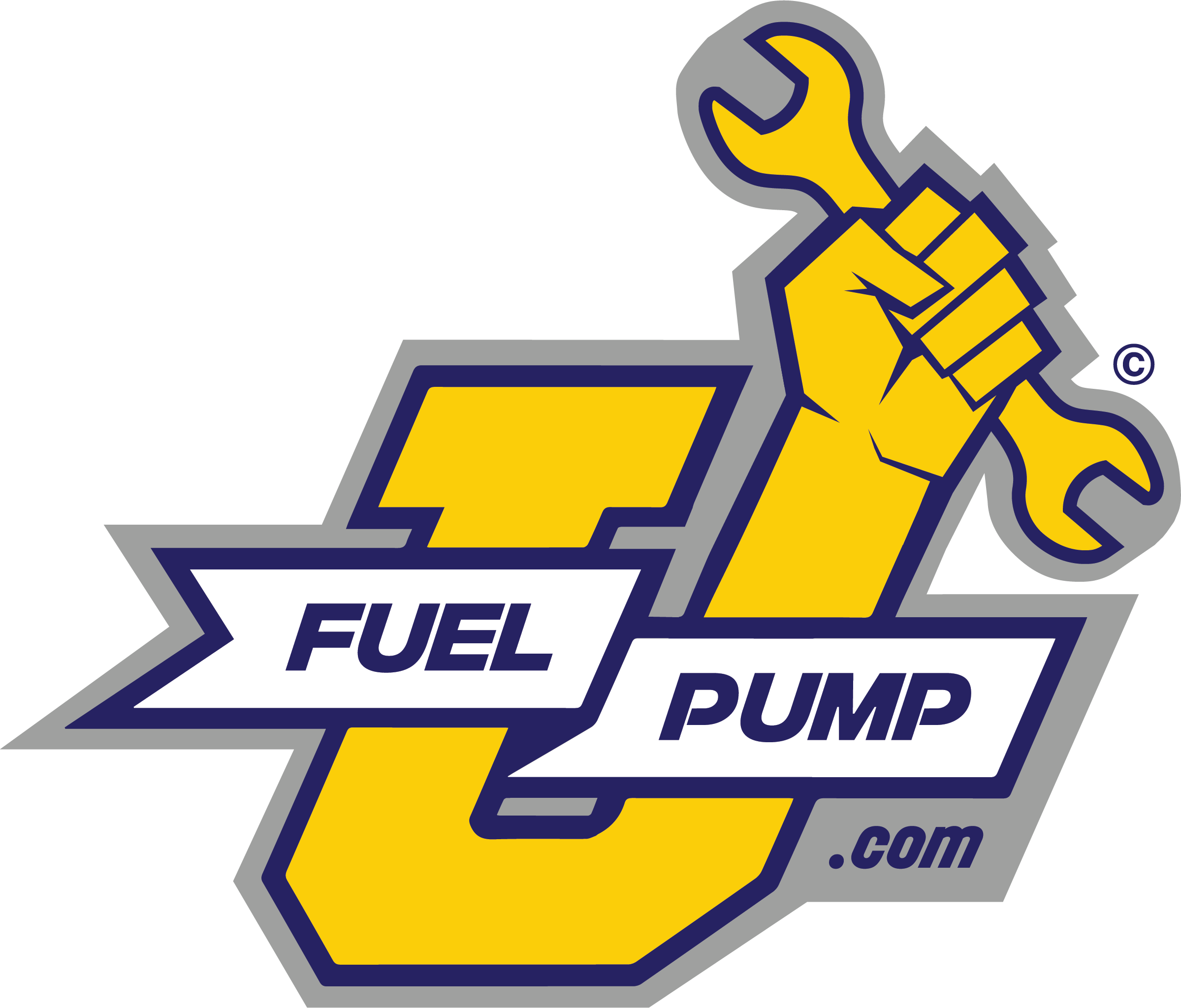
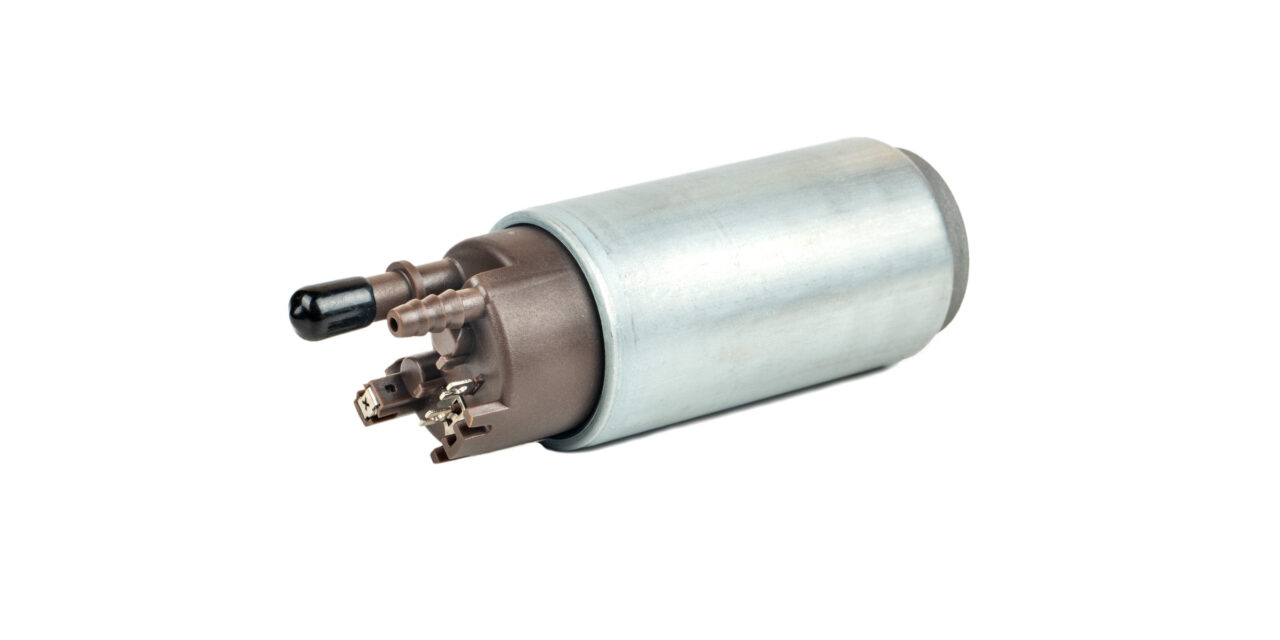
![[Vehicle Fitment]: Compatible with Jeep Liberty 2008-2012 V6 3.7L; Compatible with Dodge Nitro 2007-2011 V6 3.7L 4.0L [Reference Number]: 68004095AA, 68004095AB, 68004095AC, RL004095AB, E7219M, F3220A, FG0888, P76491M, SP7041M [Package Contents]: 1 x...](https://m.media-amazon.com/images/I/41SUOsZ++IL._SL160_.jpg)



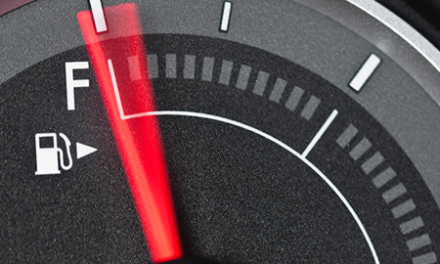
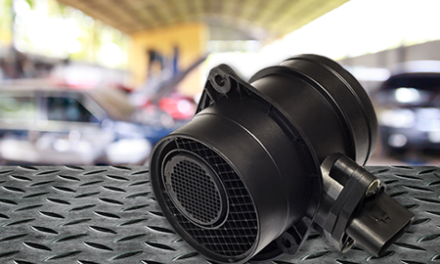
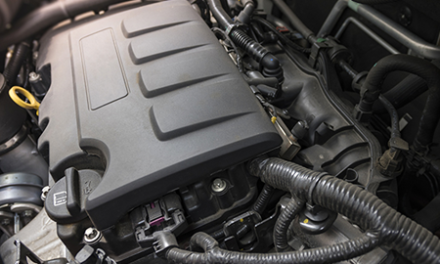
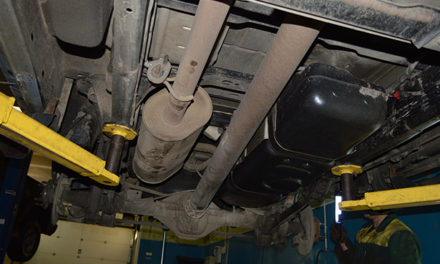
![[Vehicle Fitment-1]: Compatible with Ford Bronco 1990-1996 V8 5.0L, Bronco 1991-1996 V8 5.8L, Crown Victoria 1992-1997 V8 4.6L, E-150 2003-2004 V8 5.4L, E-150 Club Wagon 2003-2004 V8 5.4L, E-150 Econoline 1997-1998 V8 4.6L, E-150 Econoline 1990-1996 ...](https://m.media-amazon.com/images/I/51C9ppT0z0L._SL100_.jpg)
![[Vehicle Fitment]: Compatible with Buick Allure/LaCrosse 2005-2009 V6 3.8L, Lucerne 2006-2008 V6 3.8L; Compatible with Pontiac Grand Prix 2004-2008 V6 3.8L [Reference Number]: FJ706, 800-1694N, 8001694N, 28428452, FJ10575, MP-10661, MP10661, 12576414...](https://m.media-amazon.com/images/I/415LIfa6J4L._SL100_.jpg)

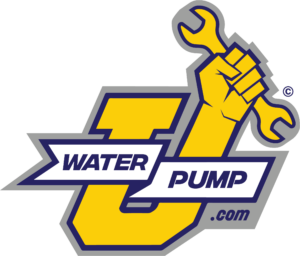

![[Vehicle Fitment]: Compatible with Chevrolet Cobalt 2005 L4 2.2L; Compatible with Pontiac Pursuit 2005 L4 2.2L; Compatible with Saturn Ion 2003-2005 L4 2.2L [Reference Number]: 15245457, 19344677, 22685105, 22727498, 22734856, E3590M, P76194M, SP6016...](https://m.media-amazon.com/images/I/41S1V5v4jPL._SL100_.jpg)
Hey,
Great blog based on the fuel pump. I got to know those hidden things through this blog which I had never expected simply.
Thanks for your hard work.Good Luck.